Five innovative design trends shaping the future of new homes
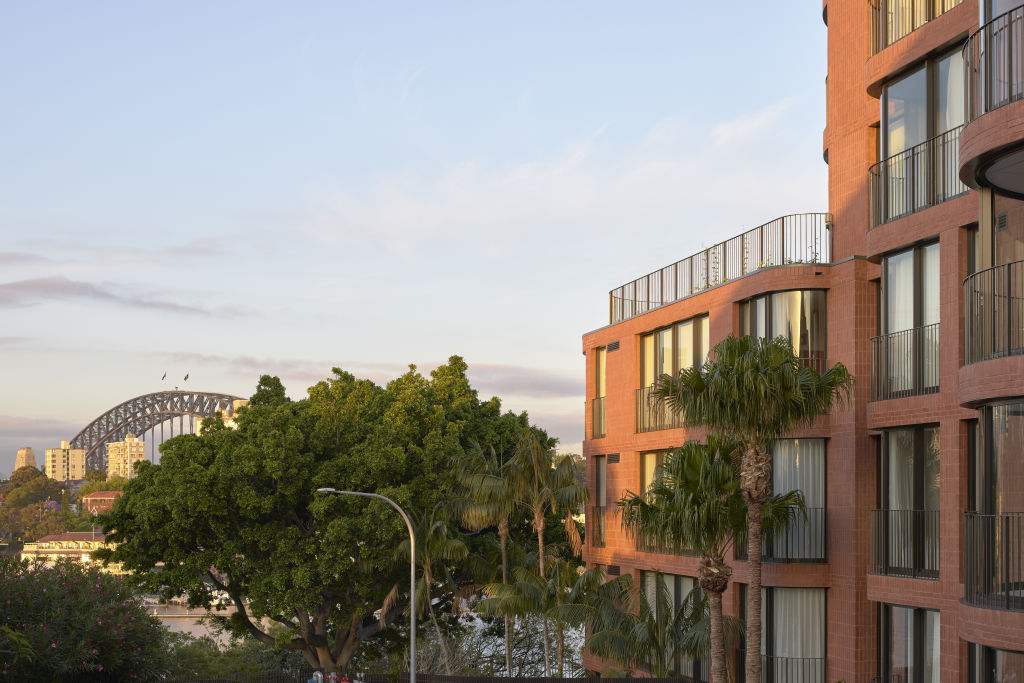
From earthy colours to customisable joinery, we spoke to designers and developers about some of the latest design trends for new homes.
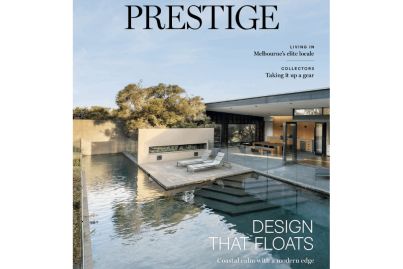

Brickwork
The humble brick is having its time in the sun again, quite literally – its many textures and colours of bricks are best displayed in the changing sunlight – and developers of low and mid-rise buildings are embracing it once again.
Bricks can easily be adapted to modern buildings and are becoming popular once more thanks to their natural look and feel, says Luke Berry, founder and director of Sydney property developer Thirdi.
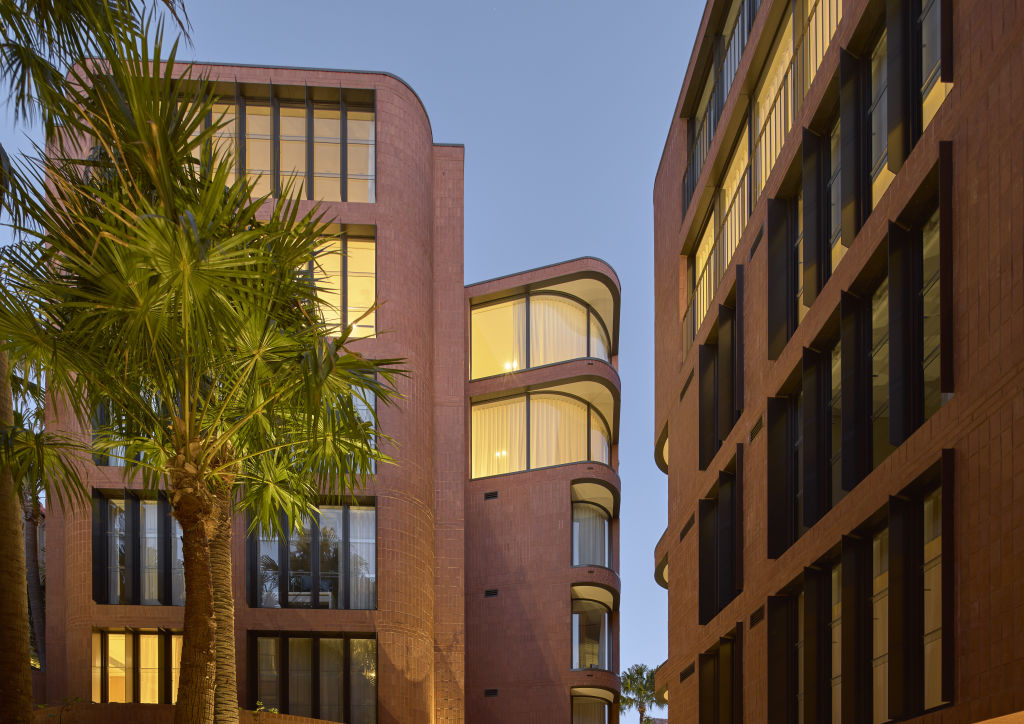
“Architects are designing tapestries of bricks on facades, and when it’s done right, it gives a building a timeless beauty,” he says.
“We went away from bricks and pursued what we thought was a more efficient and better architectural surface, but now people have realised those old art deco buildings with the natural element of bricks were put together well with love and attention, and they will stand the test of time.”
Earthy colours
The many hues of Australia’s landscapes are inspiring designers to use earthy colour palettes both internally and externally.
These include warm and muted shades of brown, green, orange, red and yellow, and natural textures and surfaces such as stone, timber and marble.
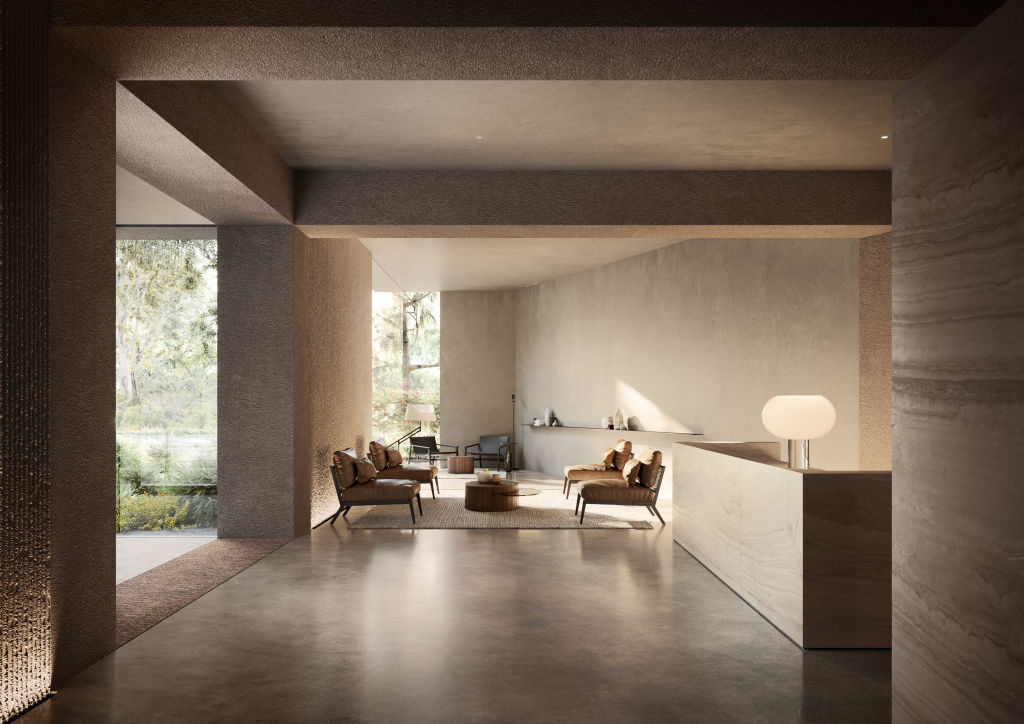
“I think an earthy palette is something that’s not going to fade away,” says Chris McCue, managing director of Melbourne-based design studio Carr.
“In our Como Terraces project which is under construction, we’re using a Roman travertine and walnut timbers, and the concrete externally is tinted to the colour of the landscape.
“Having a palette that’s rooted in its context and a sense of place is quite important, and that certainly does seem to be coming through in a lot of house schemes.”
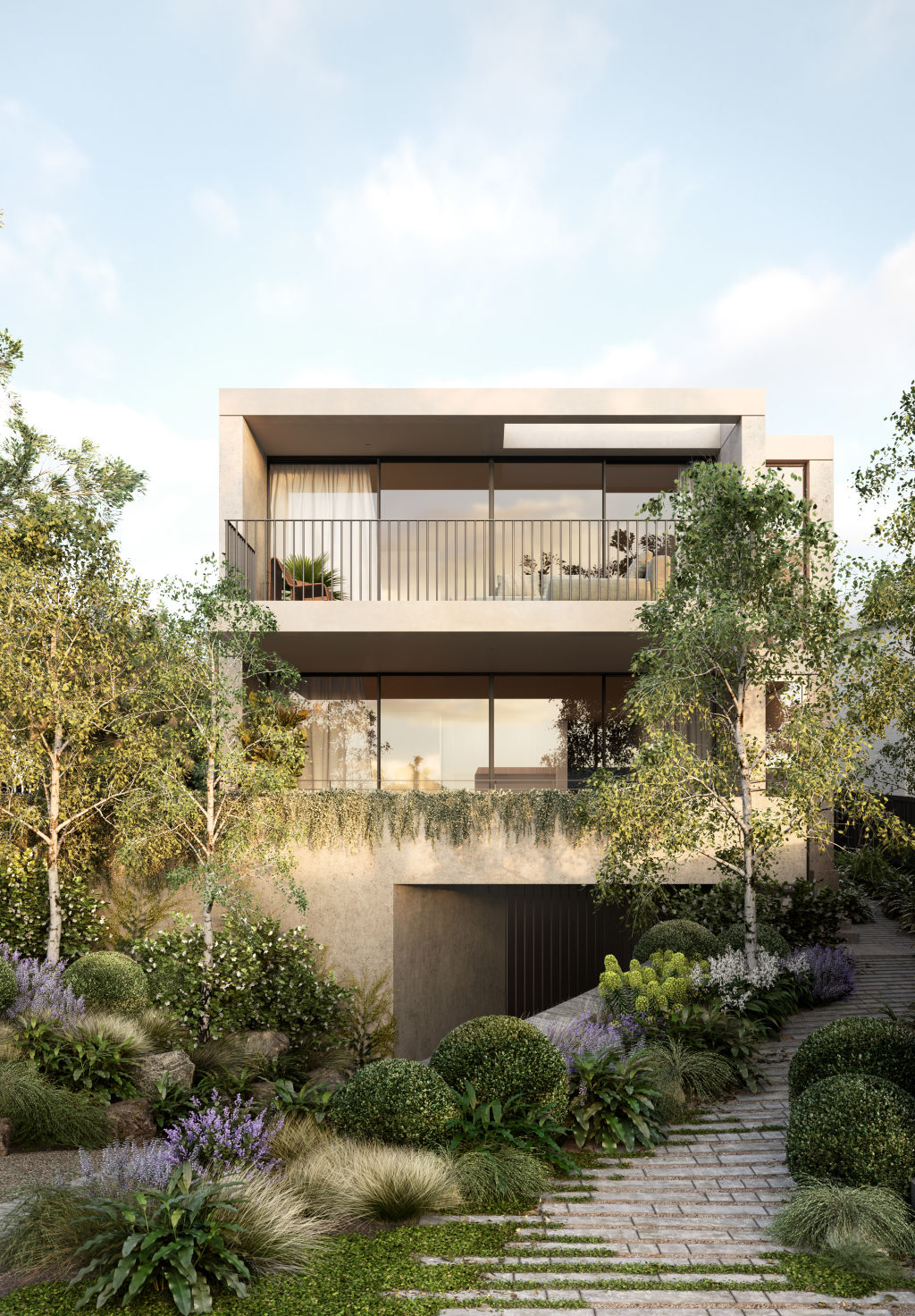
Smaller amenities
Off-the-plan apartment complexes have long used common spaces such as slick gyms and glam pools to attract buyers. But they are now being traded in for more exclusive facilities that residents can use with friends or family, or a limited number of neighbours.
“Traditionally it was gyms and swimming pools, whereas people are now looking for things that are slightly more intimate,” says George Massoud, design director at Sydney’s Urban Property.
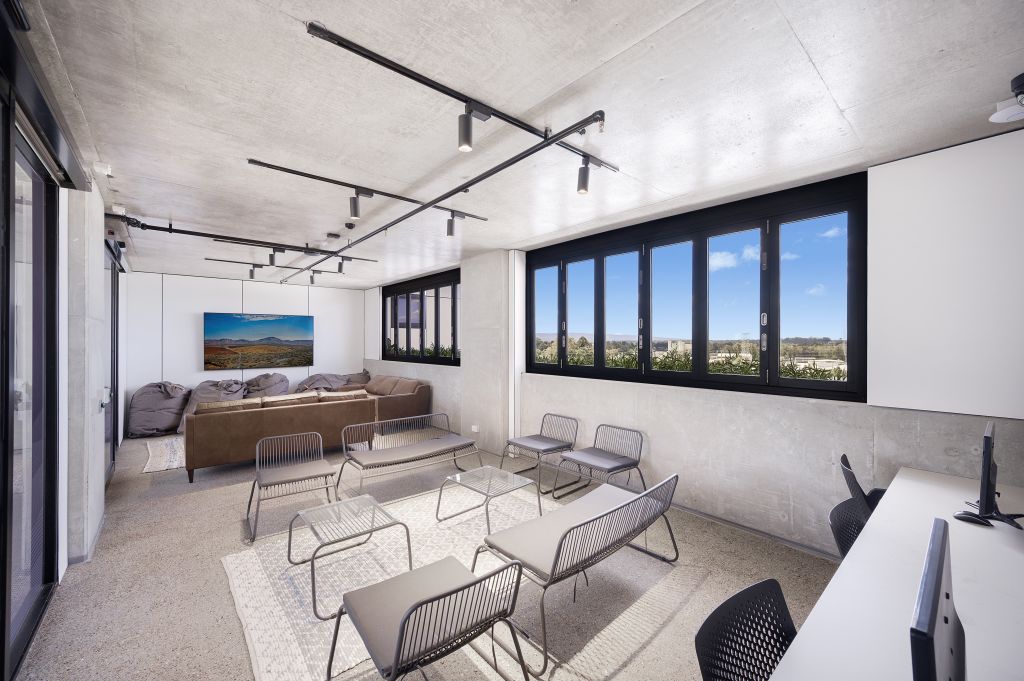
“Dining room spaces, home cinema spaces – all of those intimate spaces that become an extension of their homes.
“Embedding that into an apartment development, into the scheme that residents can use, is being received really well and something that we’re focusing on.”
Also popular, Massoud says, are silent cinemas. These have a cinema screen, but the audience listens to the audio through headphones, meaning there are no noise issues.
Customisable joinery
Bespoke and versatile joinery is a must-have in any off-the-plan home. It lends itself to integrated bars, and storage spaces in which to pack away everything from exercise bikes to Murphy or wall beds.
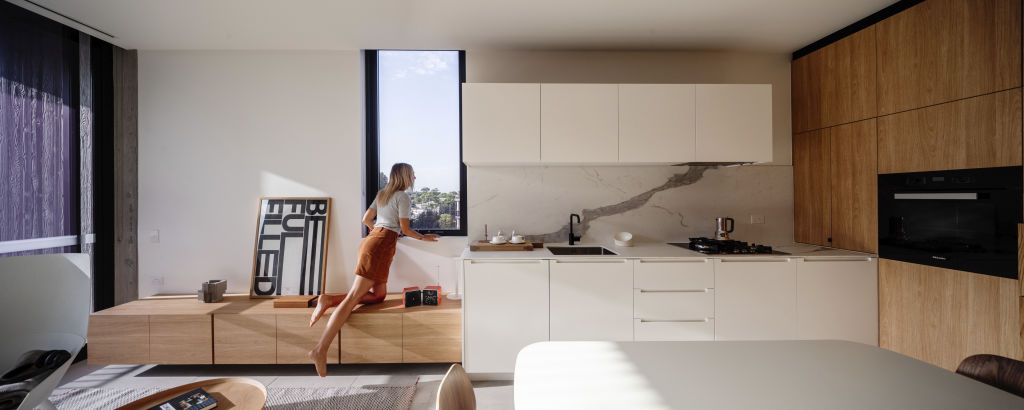
“We love the way joinery changes environments and it can be unique to different users as well,” says Jason Fraser, principal architect at Woods Bagot’s Sydney office.
“It’s just about having a level of adaptability and flexibility so that storage works for how people live and they feel more connected to their homes.”
Return to mid-century modern
Contemporary design may incorporate the latest in technology and sustainable energy innovations, but it is also blending in some of the best design of yesteryear.
For example, mid-century design features such as large windows can complement homes using passive energy efficiency techniques.
The movement is also a happy aesthetic place for many Australians, says Adele Gordon, head of marketing at fibre cement manufacturer James Hardie.
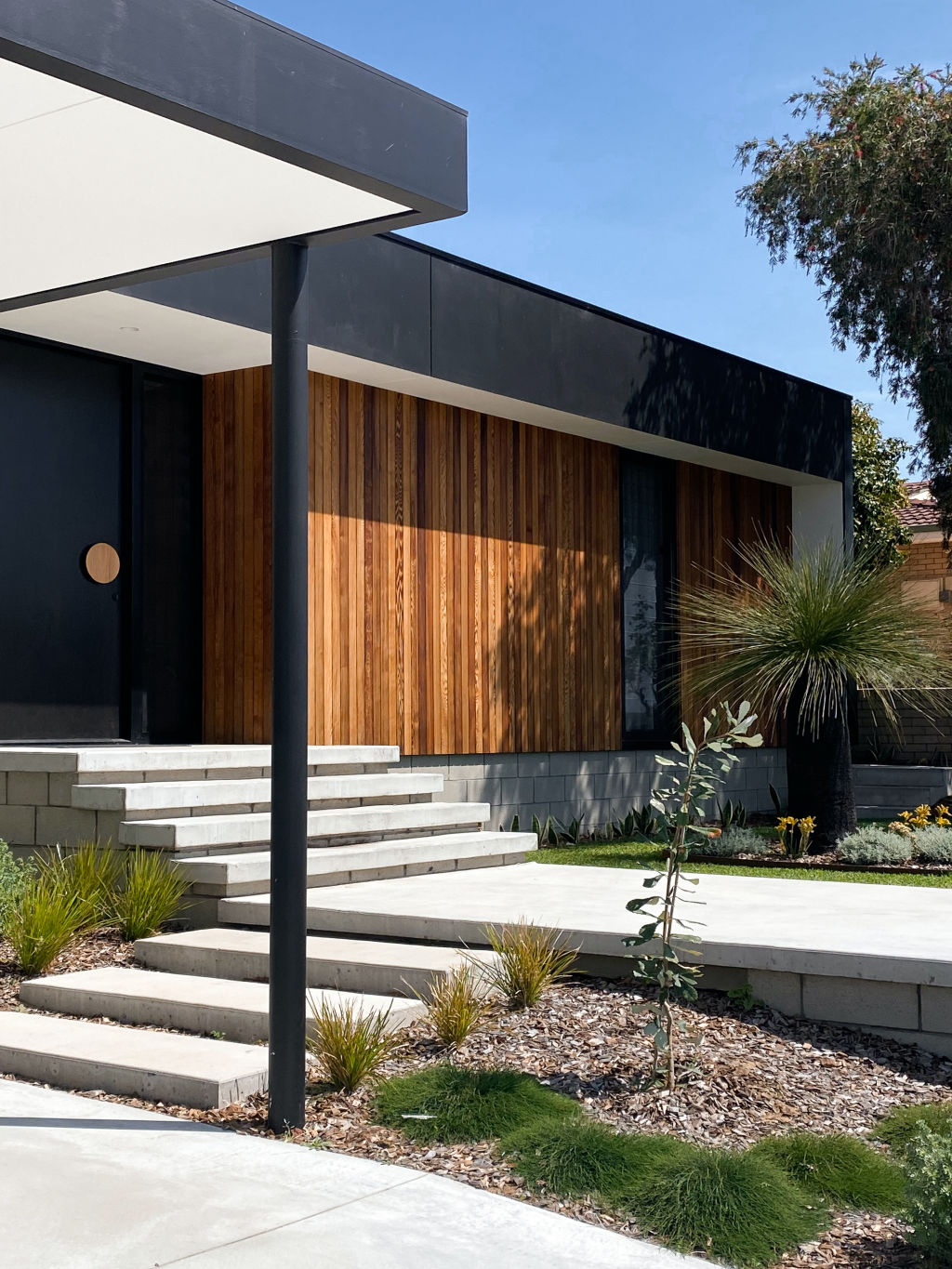
“We find a lot of comfort in nostalgia so this is really about those kinds of familiar products and ways of living from decades past that really just give us comfort,” she says.
“The key mid-century design features are flat or gently sloped rooflines, with a skillion, gable or butterfly style, and often with a large overhang.
“There’s also some exposed structure coming through – uprights or beams – and often exquisitely detailed.”
We recommend
We thought you might like
States
Capital Cities
Capital Cities - Rentals
Popular Areas
Allhomes
More
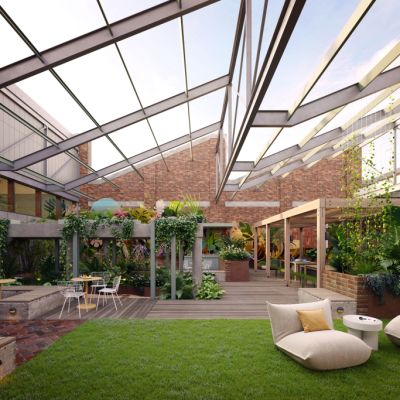
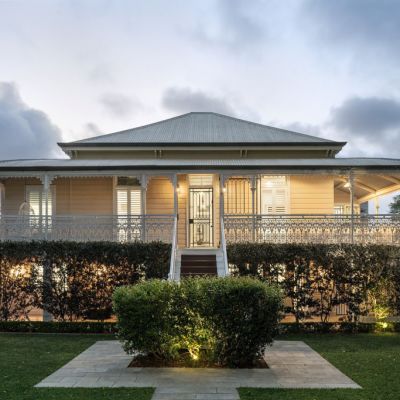
/http%3A%2F%2Fprod.static9.net.au%2Ffs%2F221eafa5-9983-4034-83cc-17674106007b)







